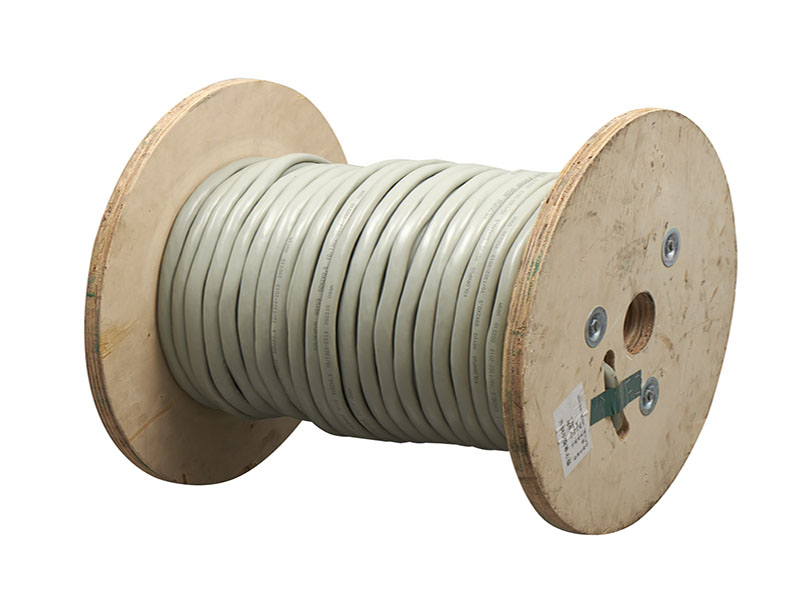Can I use Cat 3 cable for Internet?
Mar. 08, 2024
In the ever-evolving landscape of networking technology, the choice of cable infrastructure plays a crucial role in determining the performance and reliability of internet connectivity. Cat 3 cable, originally designed for traditional telephone systems, may raise questions regarding its suitability for modern internet usage.
Understanding Cat 3 Cable: Cat 3 cable, short for Category 3 cable, is a type of twisted pair cable commonly used for telephone and data transmission in older networks. It consists of four twisted pairs of copper wires and is typically rated for transmission frequencies up to 16 MHz. While Cat 3 cable was once ubiquitous in telecommunications, it has largely been superseded by newer cable categories designed to support higher data rates and more advanced networking technologies.
Limitations of Cat 3 Cable: Despite its widespread use in the past, Cat 3 cable has several limitations that may make it less than ideal for modern internet connectivity:
Limited Bandwidth: Cat 3 cable is designed for relatively low-speed data transmission, with a maximum bandwidth of around 10 Mbps to 16 Mbps. This limited bandwidth may not be sufficient to support the demands of today's high-speed internet connections, which often require speeds of 100 Mbps or more.
Susceptibility to Interference: Cat 3 cable is more susceptible to electromagnetic interference (EMI) and crosstalk compared to newer cable categories such as Cat 5e or Cat 6. This susceptibility can lead to signal degradation and reduced network performance, particularly in environments with high levels of electrical noise.
Short Transmission Distances: Cat 3 cable is typically rated for shorter transmission distances compared to newer cable categories. While it may be suitable for small-scale networking applications within a home or office environment, it may not provide reliable connectivity over longer distances or in larger-scale network deployments.
Potential Use Cases for Cat 3 Cable: While Cat 3 cable may not be the optimal choice for high-speed internet connectivity in modern networks, it may still have some potential use cases:
Legacy Systems: Cat 3 cable may be suitable for connecting legacy equipment or devices that do not require high-speed internet access, such as analog telephone systems or basic network infrastructure.
Low-Bandwidth Applications: In environments where high-speed internet access is not a priority and only basic internet connectivity is required, Cat 3 cable may suffice for supporting low-bandwidth applications such as web browsing, email, and light file transfer.
Considerations for Upgrading: For organizations or individuals considering upgrading their network infrastructure to support higher-speed internet connectivity, Cat 3 cable may not be the most cost-effective or future-proof solution. Instead, newer cable categories such as Cat 5e, Cat 6, or even fiber optic cable offer greater bandwidth, reduced susceptibility to interference, and support for higher data rates, making them better suited for modern networking requirements.
While Cat 3 cable may still have some limited utility in certain applications, its use for internet connectivity in modern networks is generally not recommended. Organizations and individuals seeking to ensure reliable, high-speed internet access should consider upgrading to newer cable categories designed to support the demands of today's digital age. By investing in the right infrastructure, they can future-proof their networks and ensure optimal performance and reliability for years to come.
231
0
0
None
None


Comments
All Comments (0)